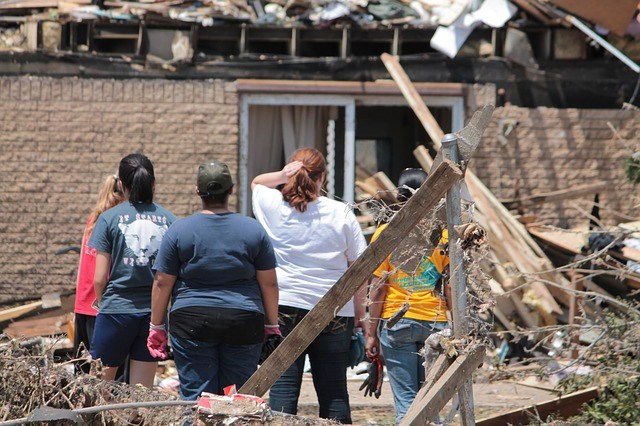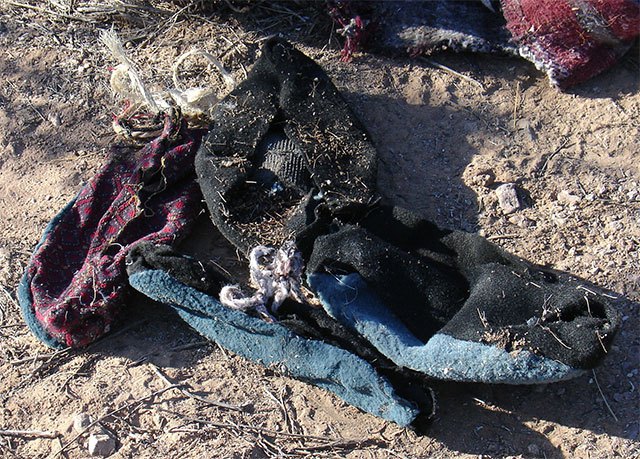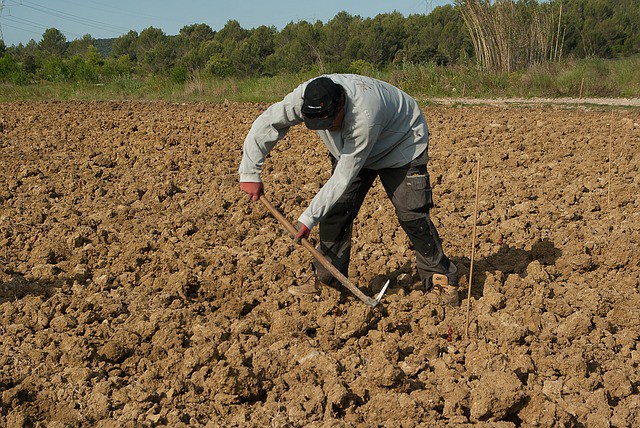What to Pack in a Household Emergency Bug out Bag
You wake from a deep sleep to a screeching sound in the hallway. The smoke alarm is going off. You have just seconds to mentally understand what is happening, crawl out of bed, gather your family and head out the door to safety.
Once outside you perform a head-check, everyone is here. But your family is dressed in PJ’s and is not prepared for the cold December weather. Your cell phone was left charging so you have no way to call 911, and your car keys and wallet remain in the drawer you left them in. Your only option is to make a dash for the neighbor’s house to call the fire department. It takes the emergency services 30 minutes to respond, and by the time the fire is under control your house is destroyed and will never be inhabited again.
Where do you go? What do you do?
While house fires, flooding and other emergencies are things we hope never happen to us, there is a chance that it could occur. In 2012 there were 374,000 house fires resulting in over 7 billion dollars worth of damage and 2,385 deaths.
Once you realize that there is a risk of this scenario happening, you can either hope for the best and plan on figuring it out in the moment, or you can take just a few hours and prepare yourself mentally and physically so that you will not be forced to make life altering decisions without any forethought.
The purpose of a Household Emergency Bug out Bag is to have a small bag ready with supplies and resources you may need if you were forced to temporarily abandon your house due to an extremely localized emergency (just you). This bag will not contain any sort of camping, food preparation or “survival” type supplies that you would find in a Bug Out Bag. The assumption is that in the event of a house fire or similar emergency you would have resources like hotels, friends houses, insurance and restaurants to fall back on. If those outside support structures were not there, you would want the more comprehensive supplies found in one of the other Bug Out Bag varieties.
What to pack in a Household Emergency Bug out Bag
The rule of three is a pretty good place to start. The rule of three is a common idea that can be summed up as follows.
You can survive for:
- Three minutes without air
- Three hours without shelter in an extreme weather condition.
- Three days without water.
- Three weeks without food.
Lets look at how each of these relate to a Household Emergency Bug Out Bag
Three minutes without air
Have a small bag ready with supplies and resources you may need if you were forced to temporarily abandon your house.
If you are preparing to leave your home in the event of a fire, it is critical to have some sort of filtration for breathing. Many deaths in fires are related to smoke inhalation, and having a proper mask can be the difference between an inconvenience and death.
A standard n95 mask will help filter out soot particles, but will not help for carbon monoxide.
Just having a mask though is not good enough.
You should have early warning systems set in your home to detect when the air is becoming poisonous. Smoke and Carbon monoxide detectors should be in every room and hallway. You should also think about different ways to escape from upper floors if the route is blocked. Having an Emergency Ladder could help reduce the chance of injury if you are forced to leave your home from a second or third floor window. In addition, arm yourself to clear a path through your home by having a Fire Extinguisher in your bedroom and scattered strategically on every floor.
Once in college I was living on the third floor of a three level apartment building. The fire alarm had a habit of going off at odd times due to people smoking in the hallways so I wasn’t particularly worried when it went off at 11pm. I went down the stairwell to the first floor to turn it off at the breaker when I saw the first floor residents making a beeline for the door. They informed me that there was an actual fire in the kitchen of their apartment. I should have just evacuated then and waited for the fire department, but being young and stupid I ran back to my apartment to grab my laptop. On the way out I noticed the fire extinguisher in our living room. I dropped my laptop and grabbed the fire extinguisher instead. I ran down to the first floor, opened the apartment door and was immediately hit by a wall of smoke. Holding my breath, I raced into the kitchen and emptied the fire extinguisher onto the stove which was fully engulfed in flames and spreading to the wall. With the last bit of energy from the extinguisher the fire went out and I ran back outside to get fresh air.
It felt great saving the day and without the fire extinguisher there would have been much more significant damage to the house since it took the fire department another 5 minutes to arrive. But at the end of the day I think it probably would have been better to just get out since everything in my apartment could have been replaced if it was lost. So your first priority in a fire should be getting you and your family out safely. Your family photos, collections and stuff can be replaced or rebuilt, but loved ones cannot. Even pets can be replaced, don’t risk your life trying to save a cat.
However, if you live in a rural area or don’t trust the emergency services to respond promptly, it would be irresponsible to not have the means to stop small fires in their tracks. A handy fire extinguisher can be the difference between some damage to a room or the total loss of your home.
Three Hours Without Shelter
Emergencies never happen when we expect, that is why it is good to prepare ahead of time.
If you are leaving your house because of a fire or pipe breaking, there is a chance you will not be back for several days or weeks. If you house is destroyed, it could be months before you have another permanent residence.
Are you prepared for this possibility?
In case you need to leave home in the middle of the night when you were sleeping, pack a set of seasonally appropriate clothes in your bag. This will mean if you run outside in the winter to escape a fire you will have some long clothing to keep you warm until emergency services arrive. A change of clothes will also help if you need to go stay at a hotel overnight and are not allowed to enter your home due to an investigation or unsafe condition. Additional clothes can be bought at a later date if you can’t get home for a few days.
Apart from just clothes, you need to think about a roof for your head. Hotels are a great short-term solution. Some insurances will even reimburse you for your temporary lodging if you are displaced, but you need to have the money to front for the stay. Either keep $1000 cash for immediate expenses or an extra credit card in your bag that can be used for emergencies.
For long-term, make sure your home insurance is enough to cover the full replacement cost of your home, and if you have an option to get your temporary lodging paid for while you wait for your home to be rebuilt this could be extremely valuable coverage to have.
Most insurance information is online, but print out a copy of your policy and key phone numbers that you will keep in the bag so you can call them as soon as possible to get a claim processing.
Three Days Without Water
Water is definitely not as critical here, since you will be leaving to a safer place with normal services. However it is recommended that you have one water bottle per family member in the bag so you have something to drink between leaving your home and your destination.
Three Weeks Without Food
You are not going to be stranded for weeks without food in this scenario. A granola bar for each family member should be sufficient.
Outside of the normal rule of three considerations, there are additional items you should keep on hand.
Copies of essential paperwork – You should store your originals in a fireproof safe, but in your emergency bag keep copies of:
- Homeowners/renters insurance.
- Car insurance.
- Titles and deeds.
- Drivers/firearms licenses, passports.
- Your inventory of valuables (for insurance replacement policies).
- Flash Drive of precious family photos and videos.
Tools
There aren’t many tools that you should need, but there are a few that could be invaluable.
- A Large Flashlight – This can be used for light and breaking windows for escape, you should have one for each adult in case you need to split up to search for family members. I recommend the Maglite 3D cell LED flashlights for this application. Once one of my relatives was responsible for checking in on a friend’s house while they were away. She asked to borrow this flashlight and took it with her for her stop. Unfortunately, a pipe had burst and the entire house was flooded. When the fire department arrived to shut off the power and do an investigation, they asked to borrow this flashlight because it was brighter than the ones they had!
- A Crowbar (for breaking into a locked child’s door).
- Cell phone charger.
Conclusion
No one ever hopes to leave their home in an emergency. But if you had to leave on a moments notice, preparing a Household Emergency Bag could help reduce the stress of an already unimaginable situation and reduce your risk of personal injury.
You wake from a deep sleep to a screeching sound in the hallway. The smoke alarm is going off. You have just seconds to mentally understand what is happening, crawl











































